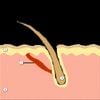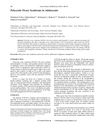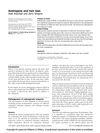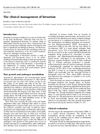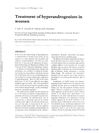Preparation of 3H-Labelled Testosterone Metabolites
April 2007
in “
Journal of Labelled Compounds and Radiopharmaceuticals
”
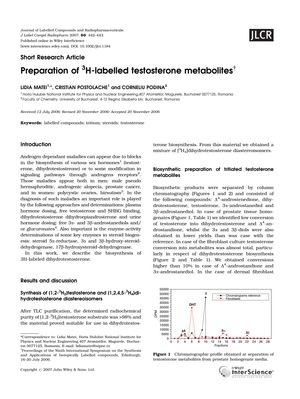
TLDR The conclusion is that tritium-labeled testosterone metabolites can be made and are better converted into dihydrotestosterone in skin cells than in prostate tissue.
The study described the biosynthesis of tritium-labeled testosterone metabolites, which are important in the diagnosis of androgen-dependent maladies such as male pseudohermaphroditism, androgenic alopecia, prostate cancer, polycystic ovaries, and hirsutism. The researchers achieved a radiochemical purity of >98% for [1,2-³H₂]testosterone, which was then used to obtain a mixture of [³H₄]dihydrotestosterone diastereoisomers. They found that in prostate tissue homogenates, there was a low conversion of testosterone into dihydrotestosterone and other metabolites, while in fibroblast culture, the conversion of testosterone into metabolites was almost total, with particularly high conversion into dihydrotestosterone. The enzymatic activity of 5α-reductase in dermal fibroblast tissue homogenates was measured at 967 fmol/ug/h. The study concluded that tritium-labeled testosterone metabolites can be synthesized biosynthetically, with dermal fibroblasts from inguinal zone cultures showing a conversion of tritiated testosterone into dihydrotestosterone higher than 50%. However, the use of prostate tissue homogenates for this purpose is not recommended due to low conversion rates, which may be due to enzyme inhibition in tissues obtained from patients with affected prostates.
